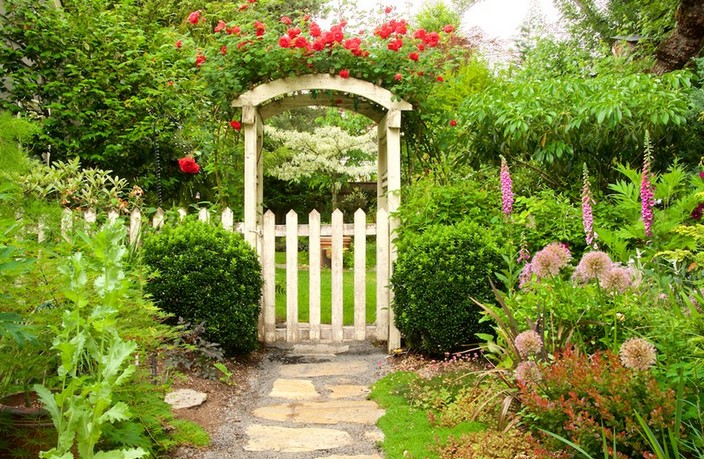
Transforming your outdoor space into a functional and visually appealing area often starts with a solid foundation, and concrete patios are an excellent choice for many homeowners. They are durable, versatile, and relatively cost-effective compared to other materials. However, understanding the cost of a concrete patio is crucial for budgeting and planning your project effectively. This guide will provide a detailed breakdown of what goes into the pricing, how to allocate your budget, and ways to maximize the value of your investment.
Factors Influencing the Cost of a Concrete Patio
Several factors can affect the cost of installing a concrete patio. Understanding these variables will help you estimate your expenses more accurately:
1. Size and Shape of the Patio
The size of your patio is one of the most significant factors influencing the cost. Larger patios require more materials and labor, naturally increasing the total expense. Similarly, complex shapes with curves or irregular designs will cost more than simple rectangular or square layouts due to the additional labor and specialized forms required.
2. Concrete Type and Finish
The type of concrete and the finishing touches significantly affect pricing. Standard gray concrete is more affordable, while decorative options such as stamped, stained, or polished concrete add to the cost. For example:
– Stamped Concrete: Mimics the look of stone, brick, or tile and costs more due to the molds and additional labor required.
– Exposed Aggregate: Offers a textured finish by removing the top layer of concrete to reveal the embedded stones.
– Colored Concrete: Involves adding dyes to create a custom look but comes at an additional price.
3. Labor Costs
Labor makes up a significant portion of the cost of a concrete patio. The complexity of the design, the local market rates, and the expertise of the contractor can all influence labor charges. In general, more intricate designs or special finishes require skilled professionals, which increases labor costs.
4. Site Preparation
The condition of the site can also impact the total cost. If extensive grading, excavation, or removal of existing structures is needed, expect additional expenses. Proper preparation ensures a level and stable foundation, which is essential for the longevity of your patio.
5. Additional Features
Adding features such as built-in seating, fire pits, or integrated lighting can enhance the functionality and aesthetics of your patio but will also increase the cost. These customizations require more materials and labor, so it’s important to factor them into your budget.
Budgeting Tips for Your Concrete Patio Project
Creating a realistic budget for your concrete patio project involves careful planning and consideration of all associated costs. Here are some tips to help you stay on track:
1. Set a Clear Budget Range
Determine how much you’re willing to spend before you begin. This will help guide your choices regarding materials, size, and additional features.
2. Get Multiple Quotes
Requesting estimates from multiple contractors can help you compare prices and services. Be sure to ask for detailed breakdowns to understand what’s included in the quote.
3. Prioritize Your Needs
Focus on essential elements first, such as size and durability, and consider optional upgrades only if they fit within your budget.
4. Plan for Maintenance Costs
Although concrete is low-maintenance, it’s not maintenance-free. Budget for sealing, cleaning, and potential repairs to keep your patio looking great over the years.
Maximizing Value While Reducing Costs
While it’s tempting to opt for the cheapest option, focusing on long-term value can save you money in the long run. Here are some strategies to balance cost and quality:
Choose Standard Finishes
Decorative finishes can elevate the look of your patio but are not always necessary. Opting for a standard finish can significantly reduce costs while maintaining functionality.
Do Some Work Yourself
If you’re handy, consider handling minor tasks like site preparation or sealing. This can lower labor costs without compromising the quality of the final result.
Opt for a Smaller Size
If budget constraints are a concern, consider scaling down the size of your patio. A smaller, well-designed space can still be highly functional and inviting.
Plan for the Off-Season
Contractors are often less busy during the off-season, and you may be able to negotiate better rates for your project.
Investing in a concrete patio is an excellent way to enhance your outdoor living space while adding value to your home. By understanding the cost of a concrete patio, you can make informed decisions and create a budget that suits your needs. Whether you prioritize size, design, or additional features, careful planning ensures a functional and aesthetically pleasing patio that fits your financial goals. Remember, a well-executed concrete patio is a lasting addition to your home, providing enjoyment and utility for years to come.
